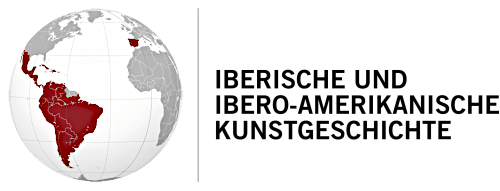Joaquín Torres-García’s Urban Fabrics: Fashioning the Body in New York, 1920-1922
Identifier (Artikel)
Abstract
In 1919, the Uruguayan artist Torres-García moved from Barcelona to New York. In the experimental works that he produced during his two-year stay in the city, the artist presented New York and the bodies inhabiting it as inextricable from one another and mutually defining, enmeshed within the same urban fabric. He did so especially through references to fashion, depicting the articles of clothing worn by New Yorkers as extensions of the city’s morphology. By drawing upon the social functions of actual fabrics, Torres-García connected bodily and architectural surfaces to negotiate his ambivalence towards the demands of New York’s capitalist society on its denizens. This article investigates the artist’s constant oscillation between adhering to and undermining the conformity and mechanization that he attributed to New Yorkers. I argue that, through his interventions into the realm of fashion, Torres-García negotiated the urban individual’s potential to either adhere to the rhythms and lifestyles imposed by the city or resist them by playing with socio-economic signs and multiple identities. I show that this unresolved tension echoes with Torres-García’s writings from this period, illuminating the artist’s conflicted relationship with the city.Statistiken

Veröffentlicht
2022-03-21
Ausgabe
Rubrik
Sprache
en
Schlagworte
Avantgarde-Kunst, New York, Mode, Architektur, Papier collé, Künstler-Spielzeuge, Kostümdesign
Lizenz

Dieses Werk steht unter der Lizenz Creative Commons Namensnennung - Nicht-kommerziell - Keine Bearbeitungen 4.0 International.




